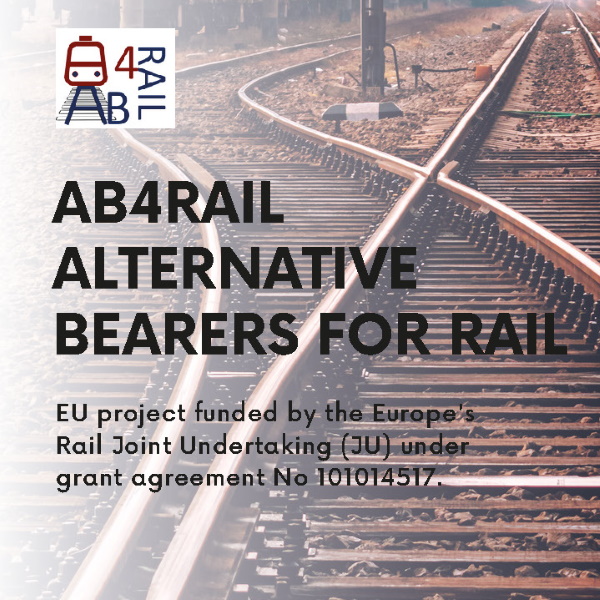Deliverable D2.4 “Experimental assessment of the most promising ABs” provides the performance assessment of the eligible Alternative Bearers (ABs): Free Space Optics (FSO), High-Altitude Platform Station (HAPS), and Low-Earth Orbit (LEO) satellite. FSO is mature for a static environment, as many advances are required for dynamic scenarios. It shows good performance is obtained for short fixed links, but it degrades in case of additional link degradations. We considered LEO constellations of Starlink SpaceX and OneWeb, that can provide an aggregated traffic capacity of around 1 Gbps per beam, fundamental to manage a huge amount of data in specific ACS traffic classes, especially in tomorrow’s situation (e.g., for video data application in uplink). The HAPS is currently used as a physical asset hosting the LTE eNB, and in the future the 5G gNB. From simulations, it emerges the opportunity to use a dedicated enhanced User Equipment (UE) with higher antenna gain and transmission power, able to use more efficient Modulation and Coding Schemes (MCS).
Deliverable D3.5 “Analysis of options for transport and application protocols and of their secure versions” analyzes the performance of TCP BBR, TCP Cubic, SCTP and QUIC below the application protocols HTTP and FTP, with their secured versions HTTPS and FTPS.
From our results usage of TCP with BBR and QUIC even in conjunction with HTTP application protocol provides the best performance in terms of throughput and latency showing a substantial insensitivity to moderate packet loss.


